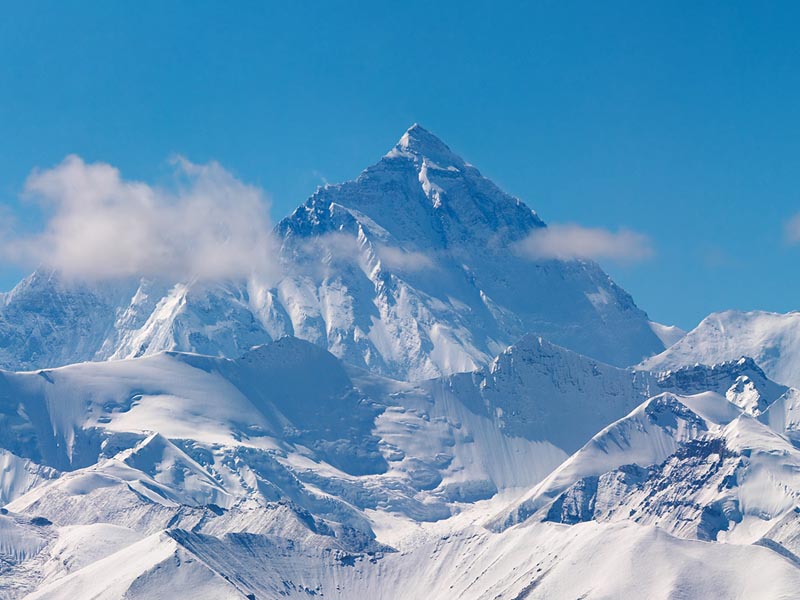After the bloody war between Pakistan and India in 1947 resulted in the partition of that region, the border between China and India was left ill-defined.
The main cause of the war was a dispute over the sovereignty of the widely separated Aksai Chin and Arunachal Pradesh border regions. Aksai Chin, claimed by India to belong to Kashmir and by China to be part of Xinjiang, contains an important road link that connects the Chinese regions of Tibet.
The Border between India-China marked .The McMahon line (550 mike), but China never formally accepted it.
India and China went to war over it in 1962 in which India was lost. China capture some part of India and Military border emerged. The Line of Actual Control, was decided.
Army face to face at many points along the 3,440km (2,100-mile) shared border. Here the two countries’ soldiers are not allowed to carry guns in the area.
Now recently a special status granted to Jammu and Kashmir, and the splitting of the former Indian state into two territories made China to worry about China to Pakistan economic corridor & building of infrastructure for free movement.
India already finished a new all-weather road that runs very close to the Line of Actual Control (LAC). The purpose of this road is to support troops along the border allowing them to be resupplied by road from Daulat Beg Oldi, the world’s highest airfield which is an advantage to Indian troops.
The location of the latest confrontation, the Galwan Valley inside the Indian territory. China has eyed the Galwan valley since 1950s.
The Galwan river was one of the battle-fronts during 1962 war through which China enforced a new status quo in Ladakh.
It was also the location of the dispute which kicked off the 1962 war. Now China had already moved large numbers of troops and armaments to the region.
What next?
The conflict has enormous geopolitical consequences for the world. China and India are the two most populous nations on earth, and both are nuclear powers.
They are led by governments run strongly along nationalist lines, and whose militaries are seen as markers of national status and pride.
China always makes trap to divert the attention, China’s border foul play is to divert attention from its internal and international miseries.
China fear of an economic collapse and anti government protest in China. There are internal problems, apart from growing pressure from the international community which has accused the country of concealing information relating to the spread of the virus.
China has also been pushing Nepal to take an aggressive stance against India. Nepal had last week endorsed a new political map, showing Lipulekh, Kalapani and Limpiyadhura under its territory, amidst the border dispute with India.
 |
Ch. Naveen Kumar |


